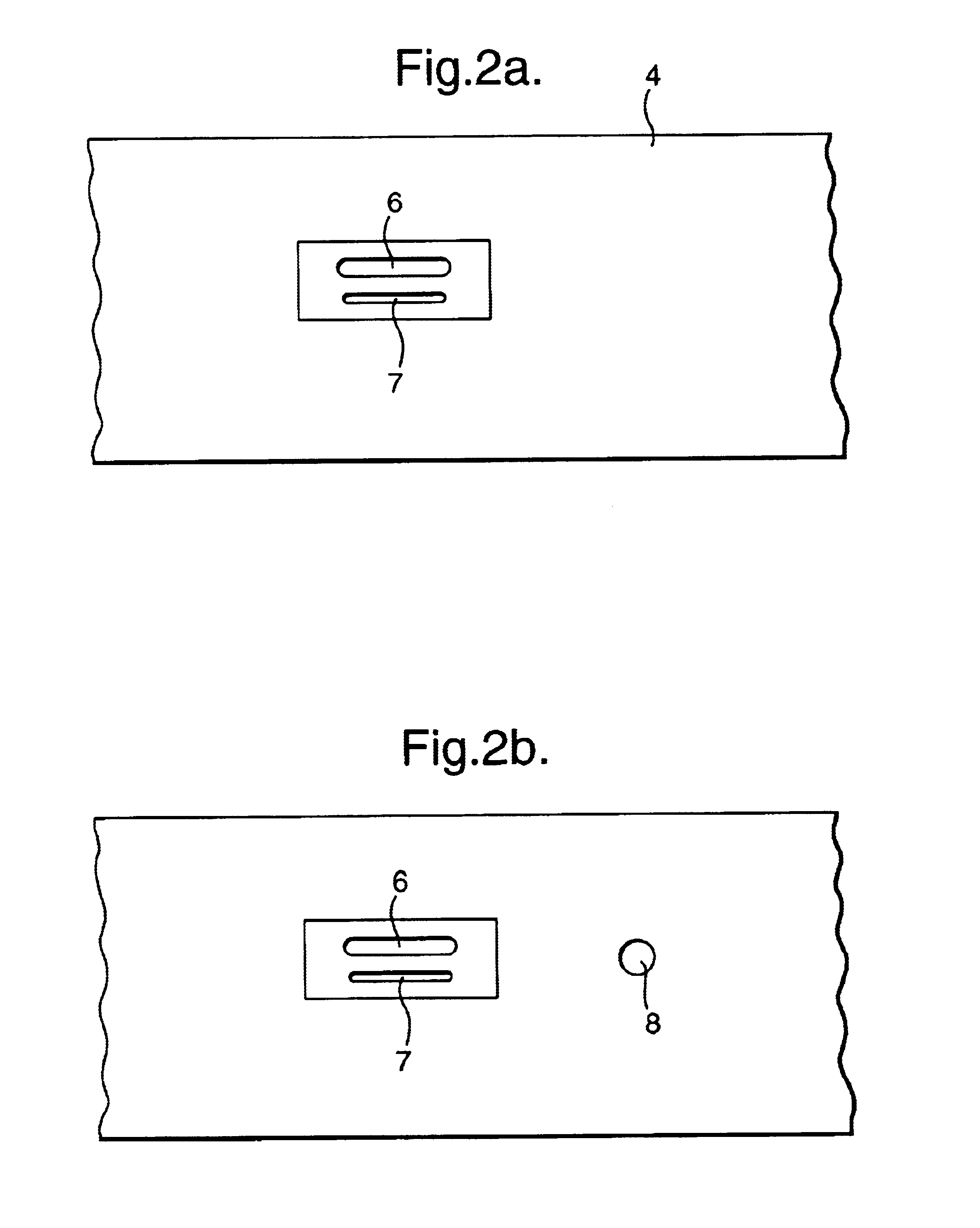Melting of glass
a technology of glass and glass sintering, which is applied in the direction of glass rolling equipment, glass making equipment, manufacturing tools, etc., can solve the problems of fuel combustion in air, formation of foam on the surface of glass, and increase of water (steam) in the furnace atmospher
- Summary
- Abstract
- Description
- Claims
- Application Information
AI Technical Summary
Benefits of technology
Problems solved by technology
Method used
Image
Examples
Embodiment Construction
Referring to FIG. 1, a float glass melting furnace, which may be gas fired or oil fired, generally designated 1, has an upstream end 2 where the glass batch components for melting are fed in and a downstream end 3 from which the molten glass is fed through a float glass canal to a float bath where it is formed into a ribbon of glass. The ribbon cools as it progresses along the bath and, when it has cooled sufficiently, it is removed from the bath and passed through an annealing lehr to a warehouse end where it is cut into individual plates which are removed from the line and stored for distribution and use.
The furnace 1 has opposed side walls 4 and 5 each provided with exhaust ports (not shown) for waste gases, including combustion gases, towards the upstream end of the furnace.
A row of five spaced apart burners 41-45 and 51-55 is provided on each side of the furnace, the burners of one side of the furnace being staggered in relation to the burners on the other side of the furnace. ...
PUM
| Property | Measurement | Unit |
|---|---|---|
| thickness | aaaaa | aaaaa |
| luminescent | aaaaa | aaaaa |
| length | aaaaa | aaaaa |
Abstract
Description
Claims
Application Information
 Login to View More
Login to View More - R&D
- Intellectual Property
- Life Sciences
- Materials
- Tech Scout
- Unparalleled Data Quality
- Higher Quality Content
- 60% Fewer Hallucinations
Browse by: Latest US Patents, China's latest patents, Technical Efficacy Thesaurus, Application Domain, Technology Topic, Popular Technical Reports.
© 2025 PatSnap. All rights reserved.Legal|Privacy policy|Modern Slavery Act Transparency Statement|Sitemap|About US| Contact US: help@patsnap.com



